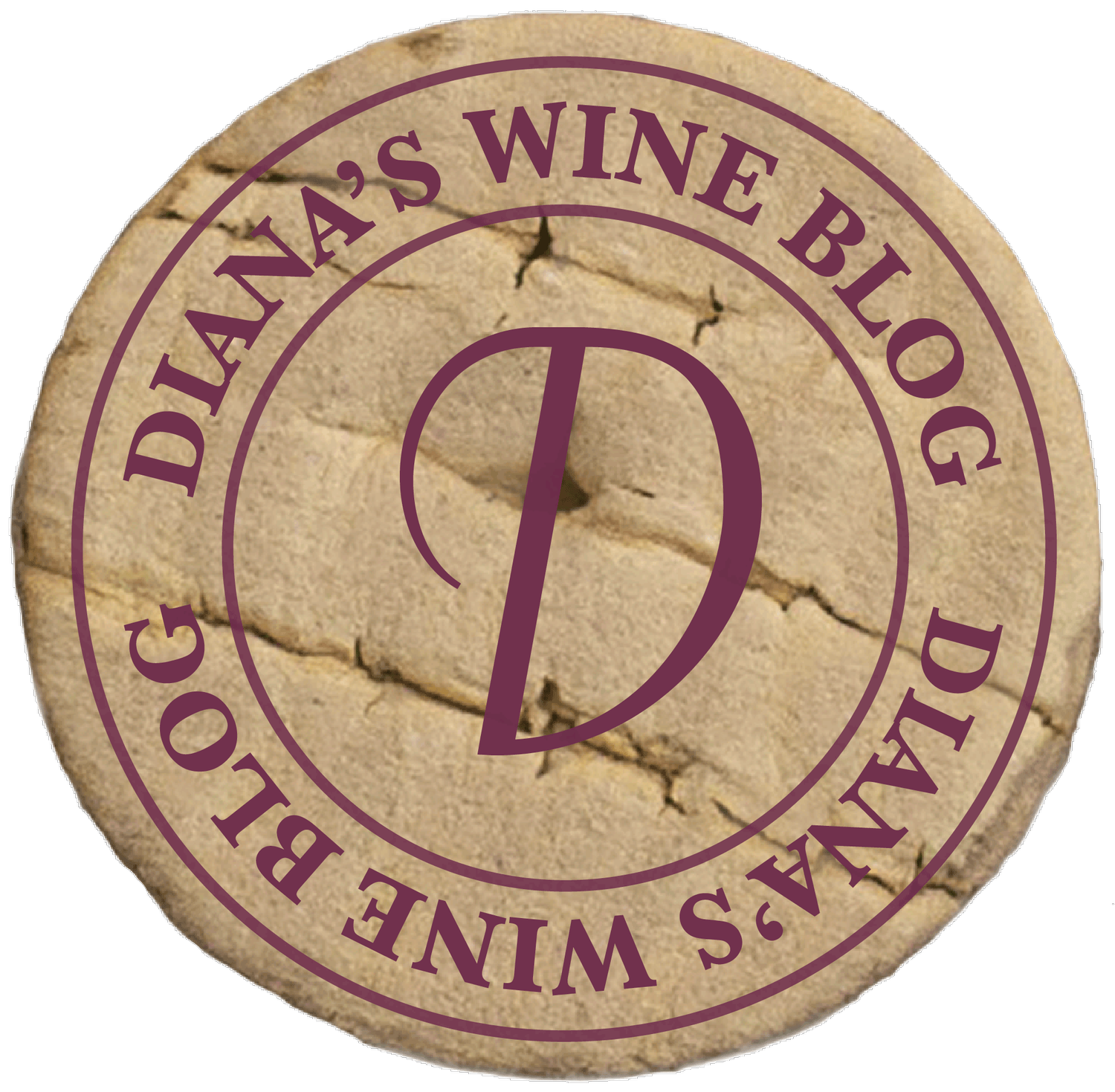Enjoying Wine with All Senses
Many times, I have observed people drinking wine in a casual environment, at a gathering or over dinner. They raise the glass to their lips and drink it in. What is wrong with that you might ask? Nothing, nothing at all; yet there may be more to garner from the pleasure of wine if there were more thoughtfulness in the process.
Wine is a multi-faceted beverage, and the more curious approach may yield more depth and breadth of flavor when you engage more of the senses. This type of exploration may heighten the enjoyment and offer expanded knowledge each time. Each glass becomes a practice session for engagement of the senses to discover what is in the glass.
What do I mean? Let’s start with sight. There are many things to garner from looking into the glass. Has the wine been fined and filtered? If so, it will be clear without cloudiness. The age and growing region of the wine can be assessed by the color. In white wines, a light, pale yellow-green depicts a young wine from a cool growing region that will deepen in color with age. With red wines, the brick red tones usually come from older, mature wines. The color can also give you insights as to the acid level. Ruby-orange highlights are seen in high-acid reds, while black-blue highlights are indicative of low-acid reds.
Smell, of course, is a very prominent aspect of wine. You have probably heard many times that 80% of what you taste comes from the aromas. For sure you have tried the old trick of holding your nose and taking a sip – what do you taste? Not much, right? Remember the last time you had a cold and nothing tasted good? That is because our sense of smell is much more evolved and needed to be for survival. Humans can identify more than one trillion smells. You won’t find all those in a glass of wine, yet you can allow yourself to dive into the aromas and see what you discern. You can heighten and train yourself to identify the aromas by creating a memory palate of your own. This is a link to access the official site for the Wine Aroma Wheel. It will give you a place to build your knowledge of what you can find and identify in wine. Practice and you may be amazed at what you can discern.
Wait, that’s only two senses. Well then of course we have taste! There are five discernable flavors that we can detect with our tongue: sweet, sour, salty, bitter and umami (savory). What you will typically be able to detect in wine is typically bitterness and sweetness. It is possible though not typical to discern saltiness and umami. The other aspect of taste is acid. While not a particular flavor, it is demonstrated by the rush (or lack) of saliva being produced in response to the wine. A great way to test this is to take a sip, swallow and look down. Check the sides of your mouth and note the amount of saliva accumulating – more saliva equals more acidity. Test this one out with a great Riesling or Sauvignon Blanc and feel the rush. This is the thirst quenching aspect of wine. As to flavor perception, humans are least sensitive to sweetness and most sensitive to bitterness. Most times, bitter will show up as the last taste and will be perceived on the back sides of the tongue.
What about touch? Well you could put your finger in the glass yet that would not yield much. There are sensors in the mouth that allow us to respond to the tactile aspect of wine. These stimuli include such things as viscosity, texture, and heat from alcohol to name a few. One of the more important points of wine is what is termed as mouthfeel, how the wine’s structure feels in the mouth. Is it soft and round on the palate or taut while being astringent? This is a reference point for many great wines that have great balance of alcohol, acid, tannins and flavors that blend together without any rough edges.
So why should you bother thinking about all of this when drinking wine? For the sheer joy of exploration and edification. You are bright, and all this will add to the inquiry of what is in the glass. Not that you don’t know what you like, yet this thoughtful approach could have you appreciate why you like what you like. It is a worthwhile inquiry to add to your drinking enjoyment.
In the great words of Ernest Hemingway: “A person with increasing knowledge and sensory education may derive infinite enjoyment from wine.”
Enjoy!
